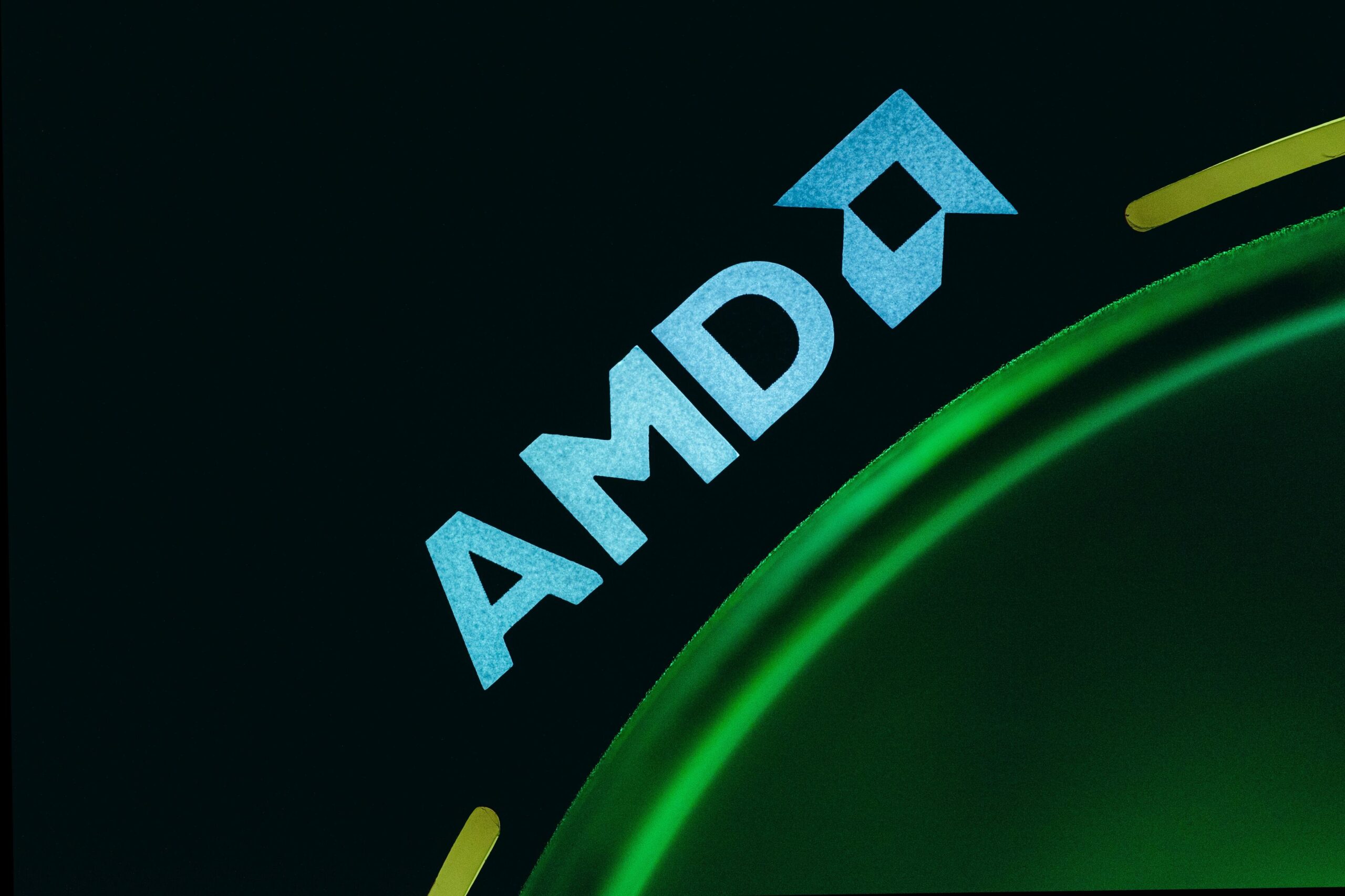TL;DR:
- AMD is gearing up to challenge Intel and Nvidia in the chip industry.
- Investor attention is focused on AMD’s new AI accelerator chip, aiming to rival Nvidia’s H100.
- Both chips enhance AI software through training, with Nvidia currently dominating this market.
- AMD’s CEO, Lisa Su, will detail their strategy for navigating the PC and server chip markets.
- The MI300 chip’s performance is crucial to AMD’s stock direction, although its growth has slowed since June.
- Despite Intel’s improved PC market report, server chip demand remains sluggish.
- Lisa Su remains cautious about MI300’s revenue contribution, and analysts seek more details.
- Analysts anticipate a narrative shift towards MI300 dominance next year, with substantial volume expected in the second half.
- Su, Intel, and Nvidia all see significant growth potential in the AI chip market, which is projected to reach $150 billion by 2027.
- AMD emerges as Nvidia’s primary rival in AI, leveraging its expertise in gaming GPUs for data center AI workloads.
Main AI News:
Advanced Micro Devices Inc. (AMD) has embarked on a journey to challenge the reigning titan of the chip industry, Intel Corp, and is now setting its sights on the new AI chip arena. As the company prepares to release its earnings report, all eyes are on AMD’s new artificial intelligence accelerator chip, which is seen as the company’s strongest contender in its battle against Nvidia Corp.’s H100, the catalyst that propelled Nvidia to become the first trillion-dollar semiconductor maker.
Both of these chips play a pivotal role in enhancing AI software performance through a process known as training. Currently, Nvidia holds the reins in this market, with skyrocketing sales propelling its stock price to a nearly two-fold increase this year alone. Wayne Kaufman, Chief Market Analyst at Phoenix Financial Services, highlights the industry’s reliance on AI, stating, “There are hopes the PC industry is coming through, but AI is really the one everyone is counting on. We’re counting on it for Nvidia and hopefully for AMD.”
In the wake of these expectations, AMD’s shares saw an increase of up to 2.1% on Tuesday, reflecting the market’s anticipation of the forthcoming earnings report.
AMD’s Chief Executive Officer, Lisa Su, is expected to outline the company’s strategy for navigating the evolving landscape of personal computers and addressing the subdued demand for server chips, markets that significantly impact its short-term trajectory. However, the primary spotlight will likely be on the new MI300 chip, slated to debut in the fourth quarter. The speed at which this product garners customer interest is regarded as pivotal for determining the company’s future stock performance. Although AMD shares have surged by 47% this year, surpassing the Philadelphia semiconductor index, they have declined substantially since the peak in June when enthusiasm for all things AI was at its zenith.
Lisa Su is widely credited with transforming a company that had long languished in Intel’s shadow by gaining market share with innovative products. Nonetheless, while Intel’s recent report indicated a resurgence in the PC market, an inventory overhang persists in the server market. This remains a key area where AMD has made inroads and generated profits. However, sluggish demand persists as major customers allocate their budgets toward accelerators rather than the typical processors offered by Intel and AMD.
During AMD’s earnings call in August, the MI300 chip was mentioned nearly 40 times. Su carefully balanced enthusiasm for its potential with measured expectations about its revenue contribution. She refrained from providing specific dollar targets and tempered the optimism of some analysts. It is highly likely that she will face similar inquiries today, with analysts eager to glean more details.
Stacy Rasgon, an analyst at Sanford C. Bernstein, emphasized the central role of the MI300 product, predicting it will dominate the narrative into the next year. However, Rasgon cautioned that substantial volume is not expected until the second half of that year, by which time Nvidia will be gearing up to unveil its updated market-leading chip.
One shared belief among Su and her counterparts at Intel and Nvidia is that the opportunity for chipmakers in AI systems is still in its infancy, and the market’s potential is immense. Su has projected that the accelerator market, including products like MI300, will reach a staggering $150 billion by 2027.
In essence, AMD is positioned as Nvidia’s natural rival in this burgeoning market. Both companies are major providers of graphics chips for gaming PCs, and when optimized for data center applications, these GPUs excel in handling AI training workloads due to their ability to execute multiple concurrent tasks, known as parallel computing.
Conclusion:
AMD’s aggressive pursuit of AI dominance, with its MI300 chip, marks a significant challenge to Nvidia’s current reign in the AI chip market. While the market’s growth potential is substantial, AMD’s success in this endeavor will be a key determinant of its future stock performance and market positioning. Investors and industry watchers should closely monitor the developments in this competitive landscape.

